“Behind the ritual You find the spiritual Drinking wine Making time” Van Morrison.
Pathways
The first stage considers the relationship between the rituals and habits of life as it will be lived within the given space. The pathways that underscore daily life consequently determine the plan of the house – the room sequences, doors, passages, and passing places. So how do they work, how do they make us feel, what is our relationship to outside at each stage, as we walk, and as we turn? Where are the moments of delight?
The function of each of the spaces that we visit or pass through comes into focus – to be questioned and examined for appropriateness. Is a guest bedroom, for example, actually more useful to us here, in this space, than a large landing that could be filled with books, games, comfortable armchairs – in effect a second sitting room or childs play area? Could this room or that corridor or that space be extended to outside – to link with another, or to create just enough room for a quiet place, a table and chair? Should the stairs be moved or reversed if, by doing so, an open airy space, or dining hall could be created? How do the thresholds and transition spaces function, how do they make us feel as we pass through and over them?


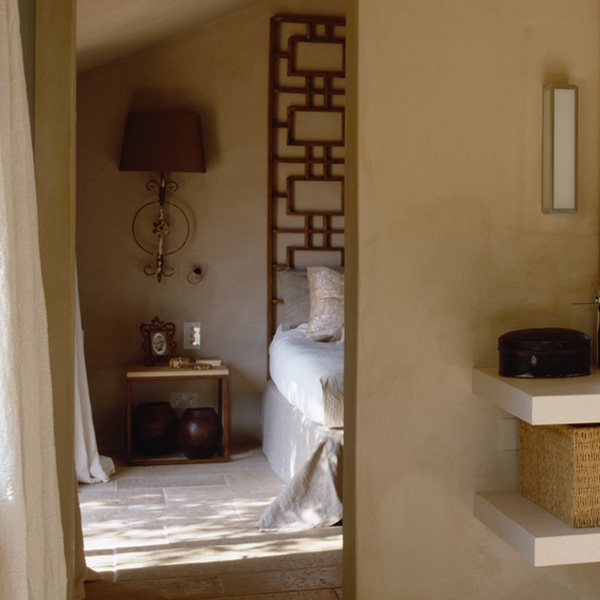
Moving through the Spaces
Changes of elevation and level, by steps or stairs, narrow routes and open places, high and low doors, varied ceiling heights and depths of walls are essential factors for well functioning, vital spaces. The overarching ideal of cathedral and womb – elegance and grandeur for social interaction, intimacy and warmth for resting – is a real and fundamental precept, born of the most basic of human needs. These are all elements found in ancient buildings – either from architectural provision or by gradual community evolution. Whilst there is absolute need for 21C adjustment – all inconvenience and hindrance ironed out, atmosphere is created by change – worn stone or wooden floors, slight steps, ancient boards, uneven walls, sometimes dramatic changes in room height and imperfection generally, something that we ignore or over-ride to our detriment.
Open spaces and long vistas tempered with smaller, even secret, resting places are as meaningful outside the house walls as within them. Winding and crossing paths, changing levels and planting styles, deliberate or partial obstacle are all tricks to lead the eye with curiosity and expectation towards the boundaries via stopping points and open areas.
The relationship between fully functioning inside and outside space is always challenging to work through. As the walls and roofs that offer complete protection relax to increased air and openness, the potential for interesting spaces – pathways and open areas to interlink car, back door and garden can be fully embraced.
In short, how we park the car, the entrances, gateways or doorways, paths and spaces that we encounter, and the ease and joy – or not – of transition as we walk from the car to the house, and then from the house to the garden or street, has the ability to lift or dampen our spirits, to affect the mood in which we arrive and depart.
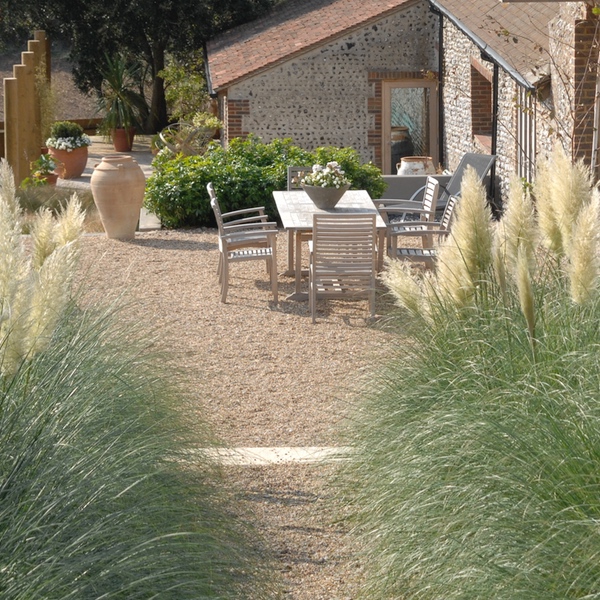
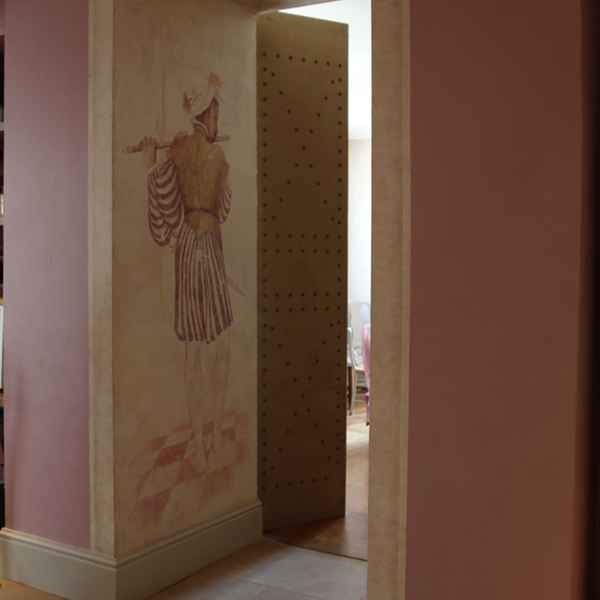

Looking from inside to outside
The spaces we create within the house have strong relationship to outside by their windows and doors. How we see and what can be seen at each turn – the shapes and colours, forms and aspect, whether towards natural landscape or built environment – are all factors that affect and inform both the function and the quality of each space. By sound, wind, sunlight, by obstructions and obstacles, and the distances between.
Windows that open partially – by sliding up and down or across, or those than can be fully opened – inwards or outwards, offer different impressions and engender very different habits and rituals. Large glass panes or small ones, sunny aspects or cold walls, deep reveals or face frames – all of these affect how the space close to the window can be used, the freedom, and the possibility of close relationship with outside. When there is at least the feeling of continuity between inside and outside – by fully opening doors or low window ledge, or failing that a window seat or chairs – the inside space gains in visual size.

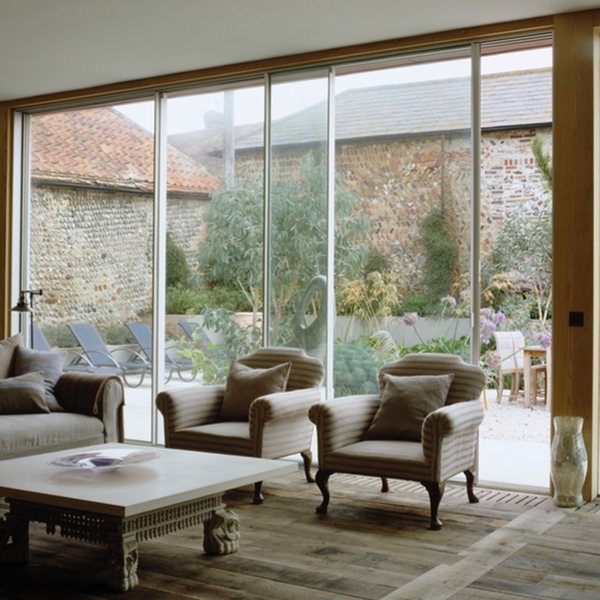
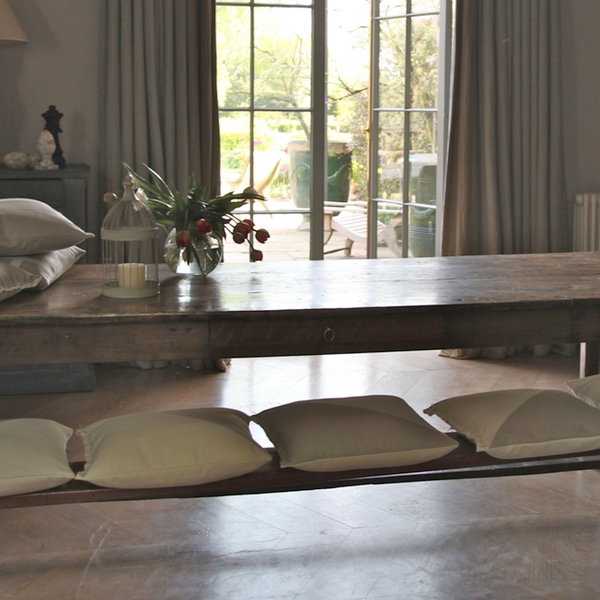
Living within our spaces
The ease with which we can manage the daily rituals on the one hand and embrace open hospitality on the other is entirely dependent on the bases of good order and attention to detail. When living processes are seamless and unencumbered we have more freedom for thought. That is not to limit or veto collections, eclectic lifestyles or Bohemian living – that’s just home; it is rather that door handles function, light bulbs are easy to change, there is plenty of storage, that sound and texture, light and colour are understood, and housekeeping is given the space it needs for the whole operation to function smoothly and efficiently.
Rooms with more attention given to the size and accommodation of the furnishings than how much or how little, work best. A guest bedroom, for example, needs a comfortable bed. Three well spaced hooks on the wall and perfect coathangers are much more useful than a wardrobe if, by adding one, the bed size is compromised. Kitchens too – shallow shelves where everything can be seen are much more practical than the awkward recesses of deep cupboards. The space between things, what we need here and what can be stored seasonally elsewhere are first principles.
Bathrooms, kitchens, eating places, sleeping rooms, media rooms, room for relaxing and rooms for entertaining all have their own particular problems, solutions, processes and requirements to be taken into account.
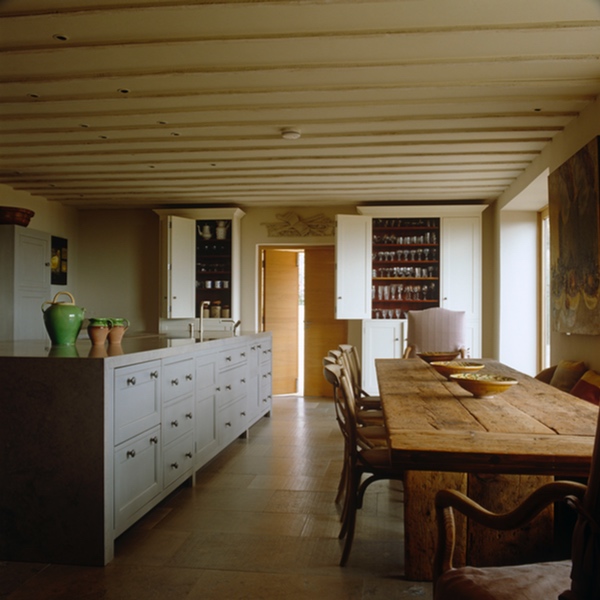

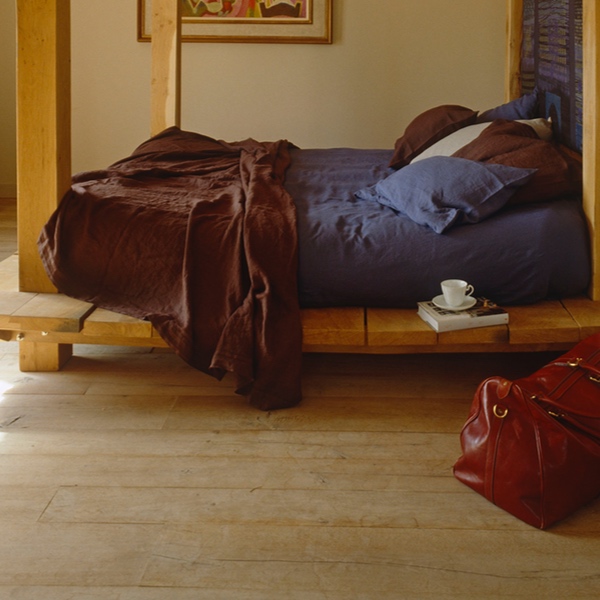
The Materials
The materials of structure, of covering and of cladding are responsible for much of the atmosphere. Whether they are old or new, smooth or rough, polished or brushed, light or dark, shiny or matt, solid or transparent, thick or thin, high or low, deeply affects the senses as well as the space – by light and reflected light, pattern, texture.
Sound – The sound of the place is something often overlooked, but how materials receive sound, and what they then do with it, is an essential criteria to choice – by this, or that, will sound be held, stopped dead, or pinged back.
Light – Beyond the theory that light colour reflects light and dark absorbs it, is a whole spectrum of alternatives and surprises. A dinner table becomes alive by the least candlelight when it is reflected and repeated by highly polished materials – namely glass and silver. A darkly mirrored wall or doors can create pure magic – something out of nothing. Polished surfaces behave very differently to matt ones or anything ‘dented’ – etched, quilted, scoured, sandblasted etc. surfaces.
Texture – How a material feels can determine the attractiveness of a space and it’s position within a space. It should usually be as expected and always appropriate to the touch – do we want to rest our hand on it, to linger with it, or to pull away? And how much does this matter?
Density – A thick, solid piece of wood or stone, sends an entirely different message, feels very different, to a thin one. The idea of substance is fundamental – bringing with it an atmosphere of trust and solidity. Conversely, light and flimsy sheer textiles, etched glass and filigree metal work – materials that can be pierced physically and by light don’t feel unsafe, instead they offer lightheartedness and openness.



Colour
Colour is a trick played by light. In the natural world it’s never the same – the depths and nuances of colours that are made by light and by reflection of light onto natural pigments is a precarious thing. And colour is changed by light and by season, by aspect and by adjacent colours so that, try as we might, we can’t hope to capture exactly. The best we can do to emulate natures colours is to choose textiles and paints which have depth and character by dint of the composition, be it weave or pigment, and then by the layers we put together. We can use what we can make of colour to draw our eye out to the landscape beyond, which in itself changes the colour we have made, or to hold it within the space – and by the means of colour, texture, mass and form, to create really exciting and uplifting spaces.
Colour in itself is life enhancing and vital, affecting us all in one way or another. The psychology of colour is fascinating; research is revealing that we are able to sense colours without seeing them, even that colour can be felt and distinguished on our skin – knowledge that will have far reaching consequences on how we use and deploy all colour, and will perhaps explain why some of us like to live with calm, neutral colours and others prefer to be suffused – how a colour that is uplifting for one person can have quite the opposite effect on another.
Meanwhile, the brief for each project is driven firstly by personal preferences and then by the effect of the general location – the climate, way of life and the particular aspects of each space and each wall, or plane, within it.
Because the location and the received light are all important, colour cards and swatches are no more than a guide. Even virtually identical houses respond differently in other locations; if you have any doubt, take a handful of white materials around your ow home and note the changes; or try a red bedcover or rug, and then a grey one in the same white room.
We mix our wall colours in each space, once all the building work is finished, the furnishings and fabrics chosen and the landscape design known. By building up colour in thin layers we can create nuanced depth and reflectivity, with tones and hues that are as beautiful and subtle under artificial light as with the pure magic of natural light.
Textiles by their weave, fibre construction, pattern and dyeing process can be created with high level of potential and credibility for adaption from one light to another, one place to another, one form to another. Even so, they always need to be seen in the room – the place where they will live; it’s impossible to choose colour in the studio as however wonderful it looks there in that space and with that light, aspect and landscape it won’t be the same in a different space.
Antique textiles and those with natural pigment dyes, however, are a different thing altogether. Natural dyes are uneven, they reflect the natural world with a result that is harmonious and pleasing to our eye and to every sense, so that easily adapt to change of environment.
The colours of stone, wood, all natural and naturally treated materials have the same inherent properties – they look best when they are locally sourced, but most will translate to new environments.




